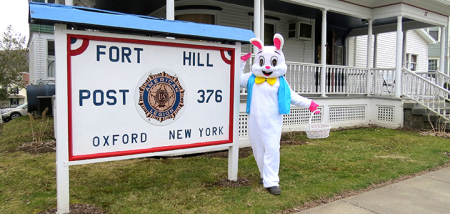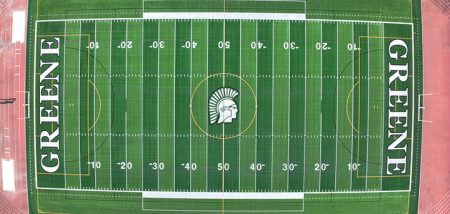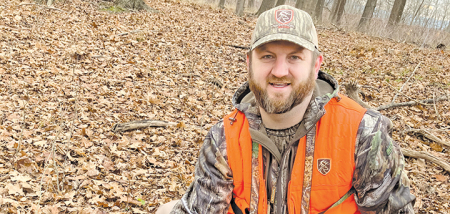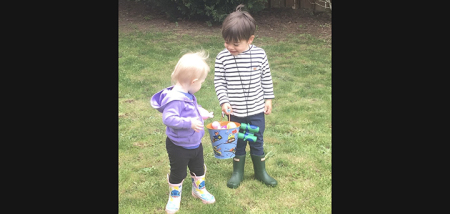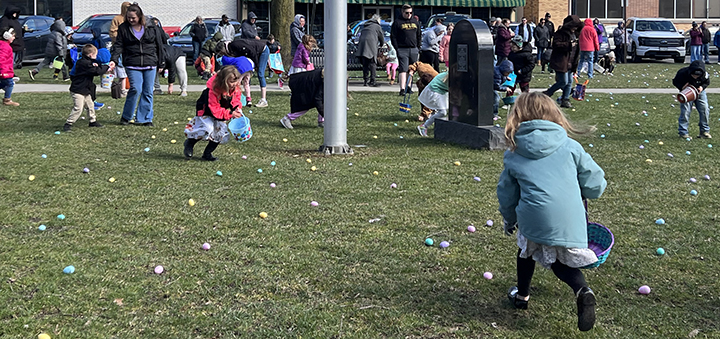Resident Goose Season
Published:
August 31st, 2017
.jpg)
Eric Davis
Mayhood's Sporting Goods
CHENANGO COUNTY – Friday, September 1, is the first day of the September Resident Goose Season in New York. This season allows hunters to help control the resident Canada goose population before the geese that nest farther north in Canada migrate south in early October. The September Goose Season is one of my favorite hunting seasons.
The geese are uneducated to hunters and don’t require huge decoy spreads that migrating geese prefer later in the fall. The weather is usually nice and somewhat warm so you don’t need to bundle up to sit in the freezing cold. And finally, the bag limit is very liberal with each hunter allowed to harvest 15 geese per day. This makes it easy to fill the freezer with goose breasts in only a couple hunts.
While hunting migratory birds, hunter must take a few additional steps to be legal hunters. All waterfowl hunters must register with the New York Harvest Information Program. They will be assigned a HIP number, which they must have with them while waterfowl hunting.
Any hunters age 16 or older must purchase a Migratory Bird Stamp, which costs $25, at their local Post Office. The hunter must sign their name across the face of the stamp and carry this stamp with them while hunting.
Finally, when waterfowl hunting, hunters must use non-lead shot. This means steel, tungsten, or another alloy of metals. For goose hunting I use either BB shot when hunting when I only plan on shooting geese (like in September), or I use #2 shot when I can shoot either ducks or geese. Usually your shotgun must be modified so that it can only hold three shells or less while waterfowl hunting but the early goose season does not have that requirement.
Geese have predictable pattern for their day that can make it easy to find a good hunting location. Geese roost overnight on a body of water to avoid predators catching them in the dark. In the morning, the geese will fly to a field to feed.
While the weather is still warm, the geese will fly early (at sunrise or earlier) to their feeding location. If the overnight temperature gets too cold, they will sometimes wait to fly to the fields until after they have been heated up by the sun.
After feeding for a couple hours, the geese will go back to a water body to loaf for the middle portion of the day. This sometimes is a different location than where they roost. Small to medium sized ponds that have well manicured shores attract geese like bugs to a porch light.
They can drink water, crawl up onto the short grass and eat some of the young shoots and then sleep until it’s time to feed in the evening. Like the loaf location, geese may feed in a different field in the afternoon than in the morning but often it’s the same field. It is common to drive around in the evening looking for a field that has geese in it and then asking for permission from the landowner to hunt in that field in the morning.
Early season geese can be drawn into a small decoy spread of only a dozen or less. I like to use a couple dozen or more, as long as there were at least that many geese in the field when I found them.
A larger decoy spread helps break up multiple layout blinds that have hunters hidden in them. The easiest way to describe a layout blind is a sleeping bag with opening doors on the top so the hunter can sit up to shoot their shotgun. The blinds have straps on them for the hunter to added vegetation to help the blind blend in with the field, hiding from the geese until they are in shooting range.
Shell decoys will work in fields with short vegetation or crop fields that have been harvested, while full-body decoys stand taller and are more visible in fields with long vegetation. Since most geese are still in their family groups, that is how they come to the field. To mimic this, I like to make a “V” pattern with 3 different family groups of decoys.
The blinds are set in the decoys at the point of the V looking towards the gap between the two other groups of decoys. Set the V to that approaching geese will be landing into the wind. They need to use the resistance against the wind to help them lose altitude to land and this will have them landing directly in front of the hunters, making the shots much easier.
Having someone use a goose call will help attract birds to your decoy spread. Most people learn on a “flute call” and it will work well but many prefer to learn how to use short-reed calls. The short-reed allows you to make a wider range of sounds and to sound like multiple geese instead of just one goose.
If you get the chance this September, give goose hunting a try. Nothing compares to being able to sit around and talk with your friends in between flocks and then getting a flock of birds to work perfectly into the decoys. Stay safe and good luck.
Comments


